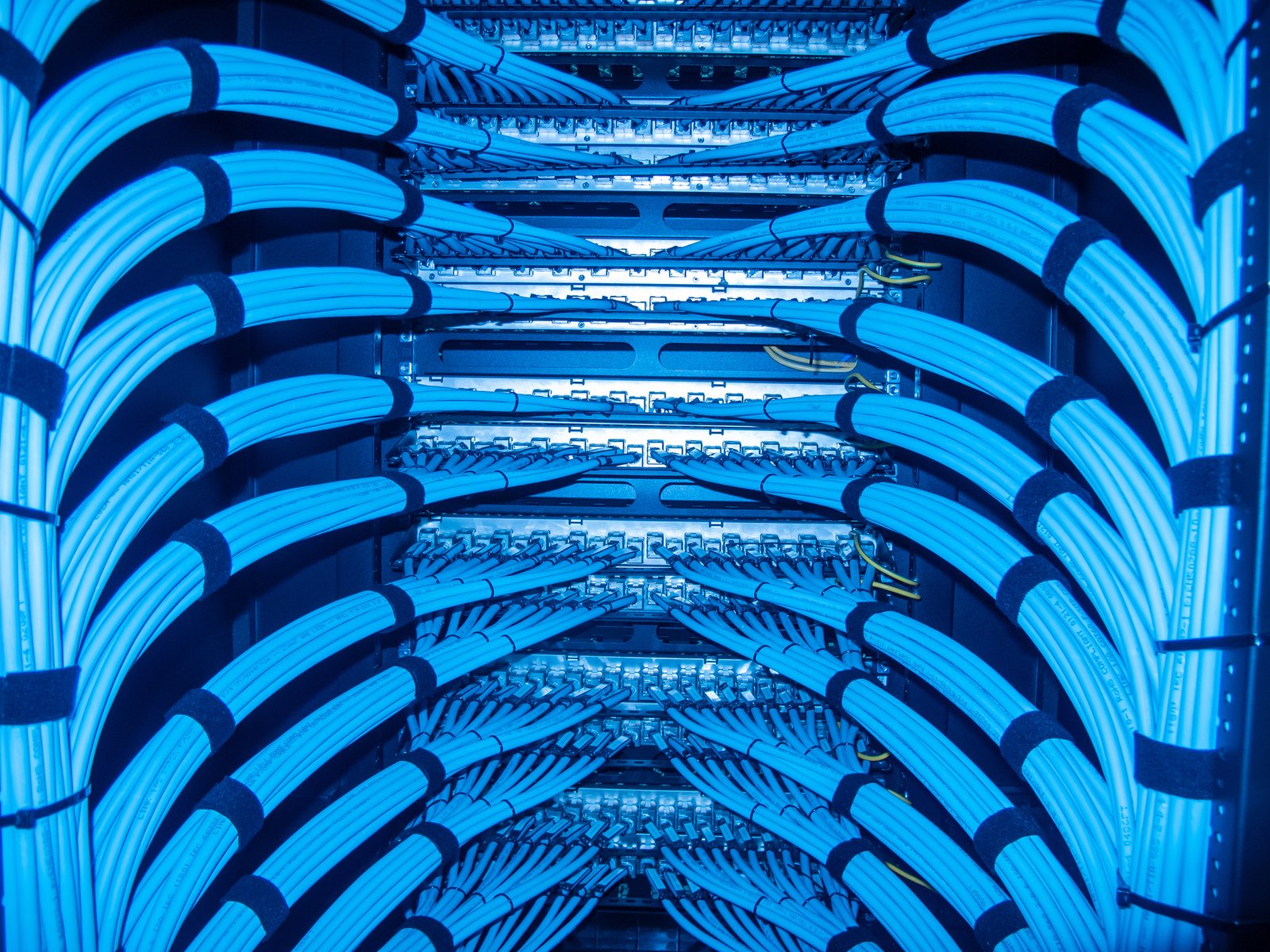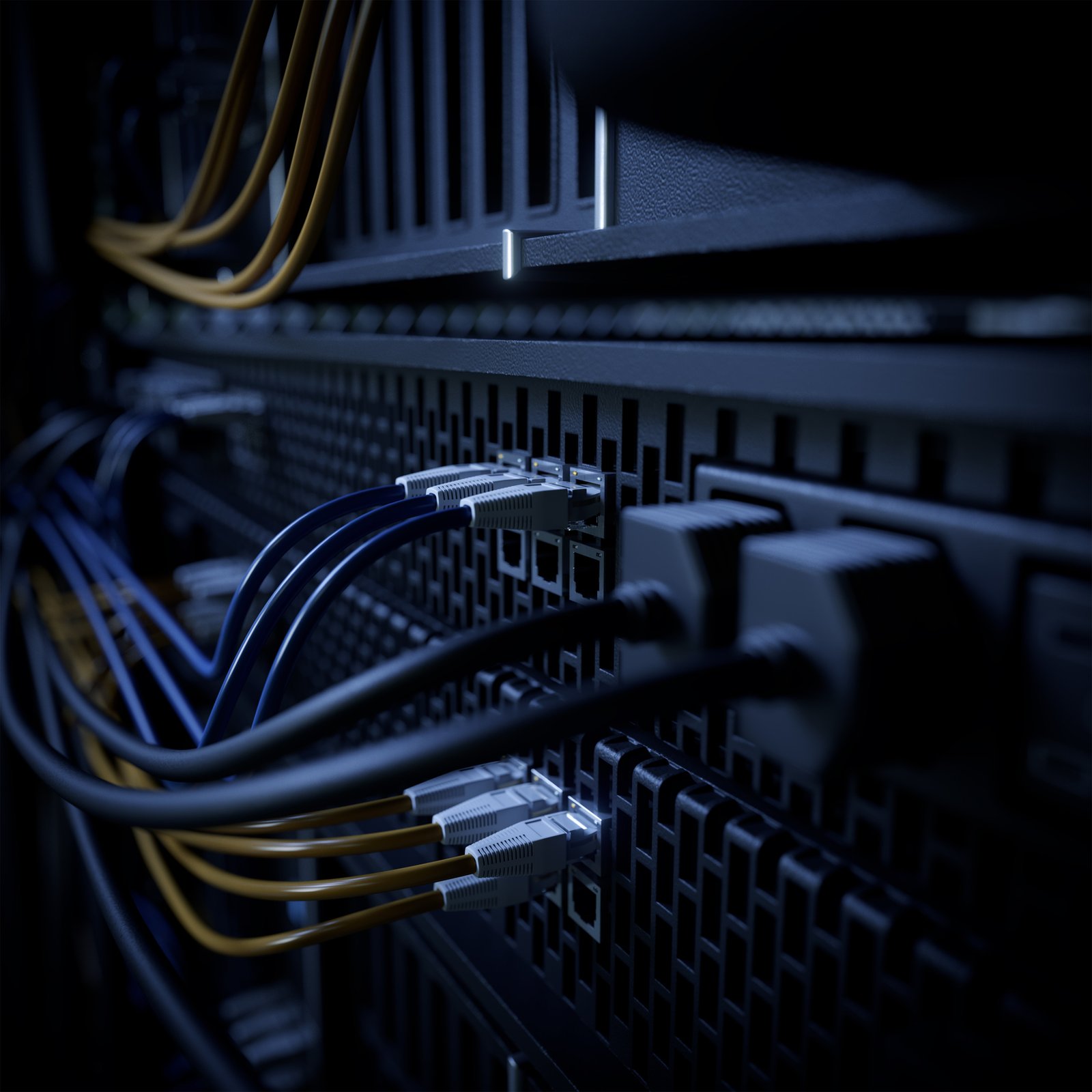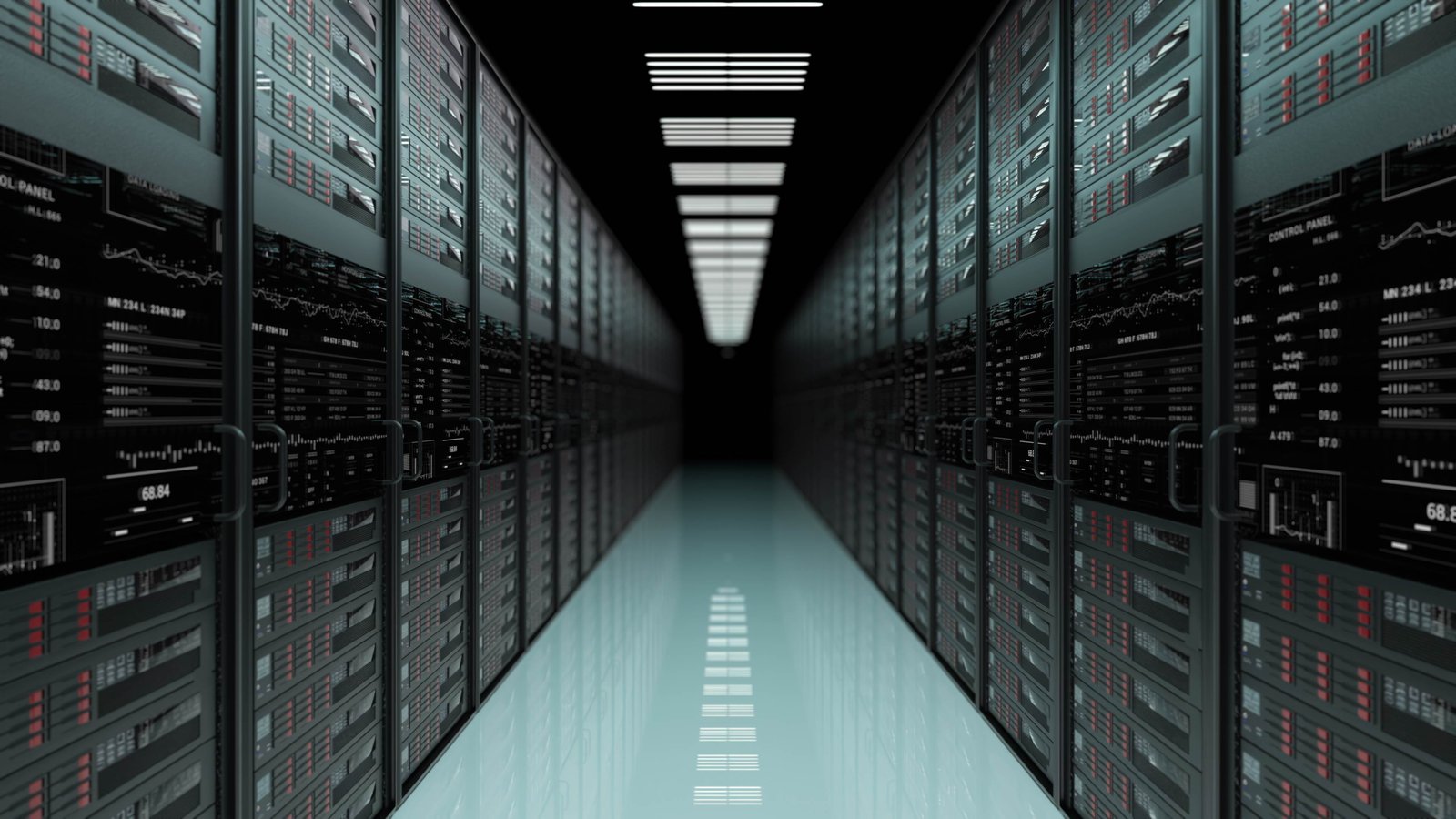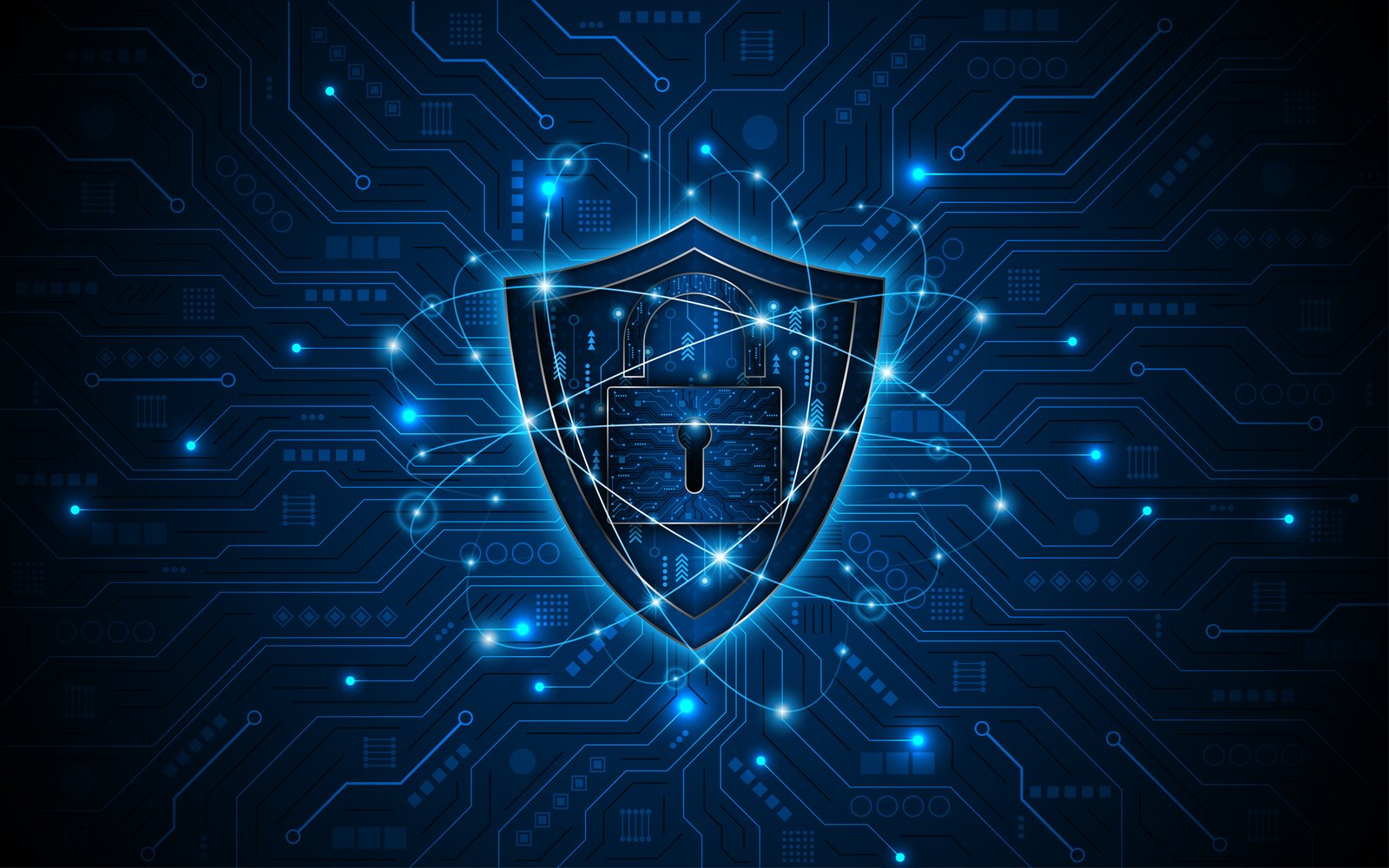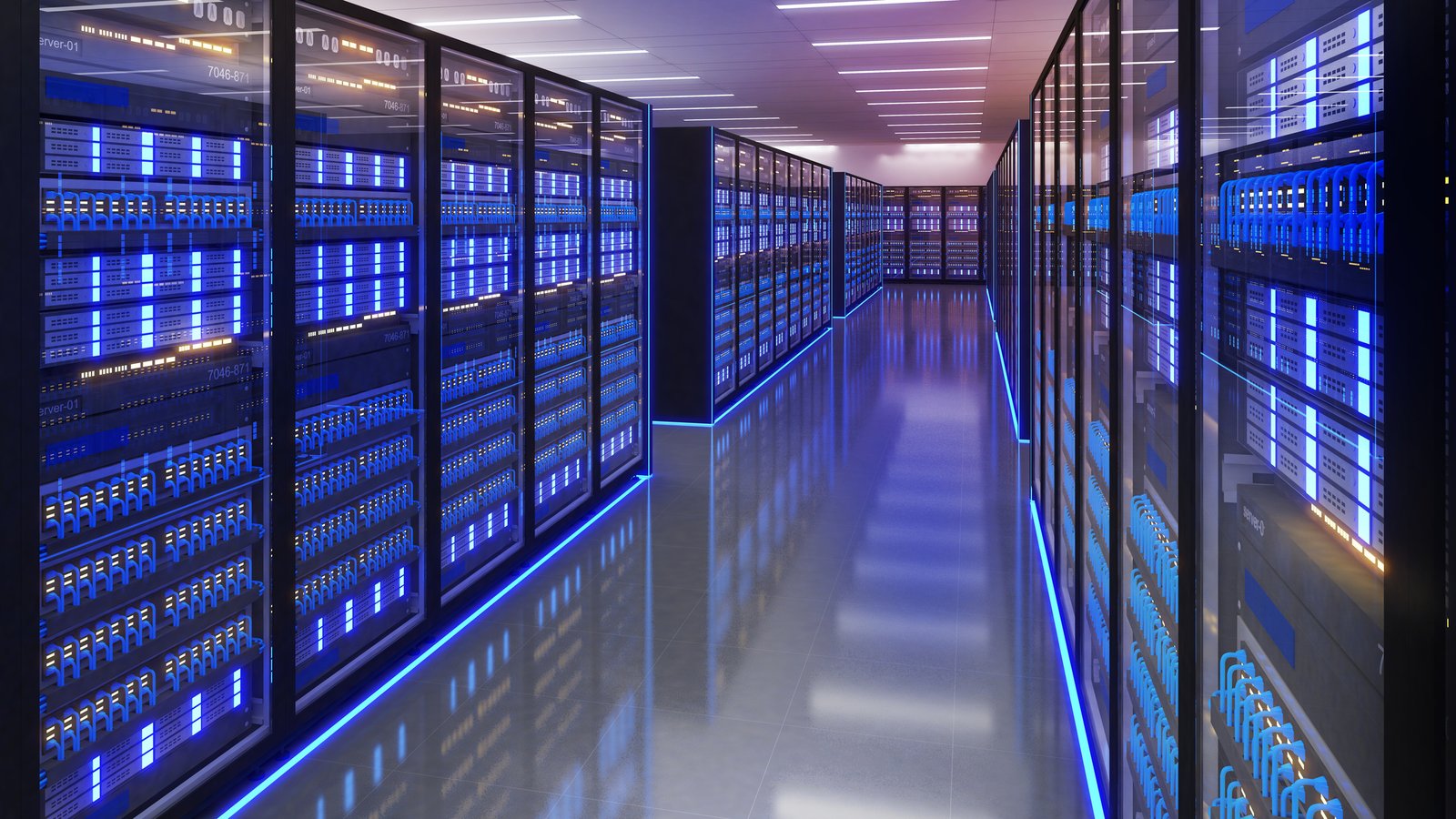It has been almost 40 years since the International Organization for Standardization (ISO) helped develop the Open Systems Interconnection (OSI) model as a basic framework to describe the functions of a networking system.
“It describes the layers that computer systems use to communicate over a network and was the first standard model for network communications adopted by all major computer and telecommunication companies in the early 1980s,” says the Computing Technology Industry Association (CompTIA).
Fortinet says that the OSI model serves two primary functions:
- Categorizing the computing functions of the different network components
- Outlining the rules and requirements needed to support the interoperability of the software and hardware that make up the network.
“In addition to understanding what the OSI model is, note that the OSI model layers are particularly helpful when visualizing the flow of data from the sender to the receiver,” says Fortinet. “The descriptions of the various levels, as well as their interdependency, make it easier to pinpoint networking issues. Also, programmers can use the OSI model to better understand how data gets to and from their applications or to write code specific for use at certain levels.”
The 7 Layers of the OSI Model
The OSI model has seven layers to describe communication from one person to another traveling between the highest layer (Layer 7), closest to the end user, and the lowest layer (Layer 1).
“It is a 7-layer architecture with each layer having specific functionality to perform. All these 7 layers work collaboratively to transmit the data from one person to another across the globe,” says GeeksforGeeks.
The seven layers of the OSI model are:
- Layer 7: Application Layer
- Layer 6: Presentation Layer
- Layer 5: Session Layer
- Layer 4: Transport Layer
- Layer 3: Network Layer
- Layer 2: Data Link Layer
- Layer 1: Physical Layer
“The basis of the definition is that each of the seven layers has a particular function it must perform, and each layer needs to know how to communicate with only the layers immediately above and below it,” writes the Cisco Certified Expert blog. “The advantages of the OSI approach may not be readily apparent. But this simple concept of having layers understand only those adjacent to themselves allows communications systems to be easily adapted and modified as technologies evolve. For example, as new technologies are introduced in a lower layer, such as Layer 1, upper layers do not necessarily need to be changed.”
Layer 1: The Lowest Layer in the OSI Model
Layer 1, the lowest layer of the OSI reference model, is the physical layer. It is responsible for the actual physical connection between the devices.
“The physical layer contains information in the form of bits. It is responsible for transmitting individual bits from one node to the next. When receiving data, this layer will get the signal received and convert it into 0s and 1s and send them to the Data Link layer, which will put the frame back together,” says GeeksforGeeks.
The functions of the physical layer, according to GeeksforGeeks, include:
- Bit synchronization: The physical layer provides synchronization of the bits by providing a clock. This clock controls both sender and receiver thus providing synchronization at bit level.
- Bit rate control: The Physical layer defines the transmission rate i.e. the number of bits sent per second.
- Physical topologies: Physical layer specifies the way in which the different devices/nodes are arranged in a network i.e. bus, star, or mesh topology.
- Transmission mode: Physical layer defines the way in which the data flows between the two connected devices. The various transmission modes possible are Simplex, half-duplex and full-duplex.
“The physical layer includes a variety of components, such as cables, the radio frequency used to transmit data, Wi-Fi, and the other physical structures for transmitting data, such as pins, necessary voltages, and types of ports,” says Fortinet.
OSI Layer 1 infrastructure can include:
- Hubs
- Repeaters
- Ethernet cable connectors
- Antennas
- Pins
- Plugs
- Network adapters
- Host bus adapters
- Layer 1 switches
“When a networking problem occurs, many networking pros go right to the physical layer to check that all of the cables are properly connected,” says Network World.


